The importance of physical activity

Physical activity has a significant role in the national core curriculum for basic education in Finland. A shared Finnish view is that increasing physical movement and integrating it into different school subjects promotes learning, academic achievement, health and general well-being of students. It is a common understanding in Finland that childrens’ brains work better when children move.
The positive effects of exercise on the health of children are undeniable. Studies have shown that physical activity during school days is an effective way of improving the physical fitness of children and preventing disorders such as cardiovascular diseases. Good physical fitness and functional ability are important not only for health but also for learning.
Scientific results demonstrate that physical movement can be an effective cognitive strategy to strengthen learning and enhance learner’s motivation. In addition, physical activity has been found to have a positive effect on children’s cognitive functions, such as memory, attention and general information processing and problem-solving skills. The scientific studies also indicate that increasing physical activity can improve test results, particularly in tasks requiring executive functions and memory. Furthermore, physical activity also appears to promote classroom behavior, concentration on assignments and participation in classwork.
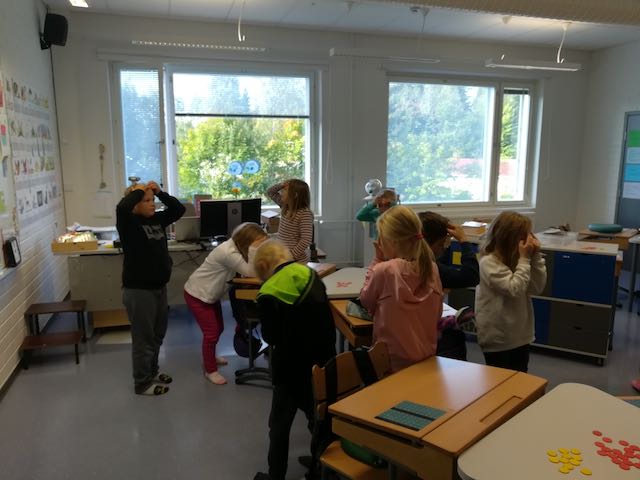
School offers an excellent framework for increasing the physical activity of children. There are numerous different options for increasing the physical activity of children at school. Physical education constitutes an important basis for physical activity. In addition to this, the 15 to 30 minutes recesses between lessons, use of activating working methods during lessons, various sport events and projects (such as the Finnish Schools on the Move program) increase physical activity during the school day and help in adopting a healthy lifestyle. In Finland, it is also normal for children to walk or cycle several kilometers to and from school. These trips between home and school are, for many children, an important part of physical exercise during the day.
Schools on the Move program aims to establish a physically active culture in Finnish comprehensive schools, and to ensure one hour of physical activity each day for all students. Schools and municipalities participating in the program implement their own individual plans to increase physical activity during the school day. In May 2017, more than 90% of municipalities and 80% of comprehensive schools (2000 schools) were involved in the program.
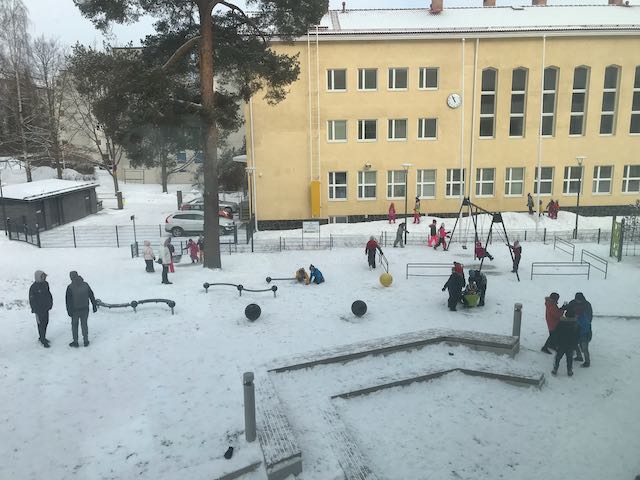
Action breaks – activation, energy, concentration and fun
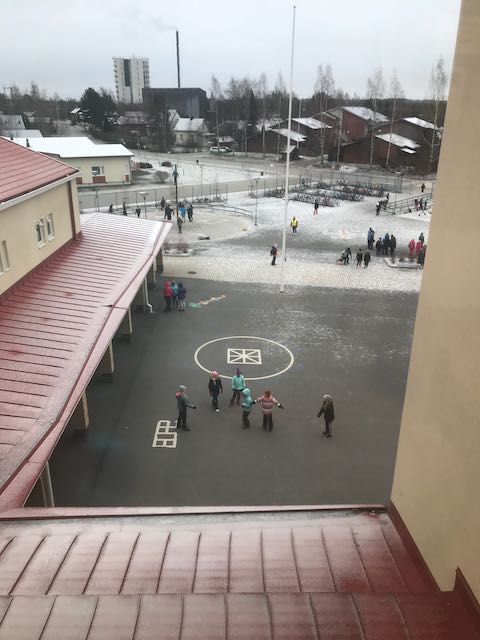
There are several different options for increasing the physical activity of students during the school day: recesses, activating working methods in the classroom, and sport events like sports days. In addition, one can also have short, energizing action breaks to add physical movement to any lesson.
Action breaks are short exercises which physically activate students during lessons. The purpose of action breaks is to uplift the students’ energy levels, ease their tension and cheer them up. The action breaks also support students’ concentration and increase their motivation. Action breaks may only take a couple of minutes, but their effect on enhancing learning is significant.
Examples of action breaks:
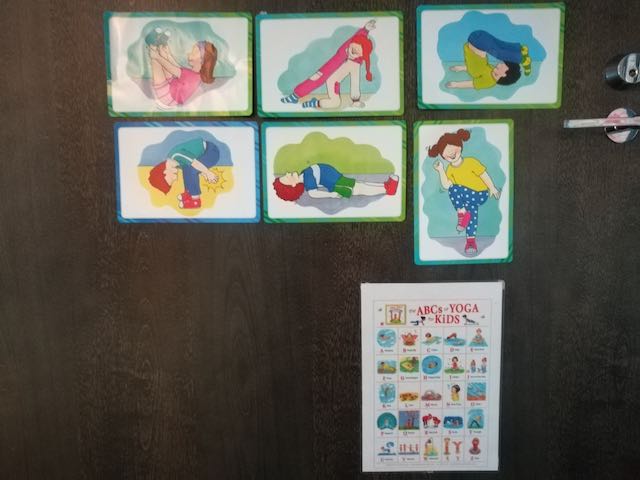
- Students stand and take hold of their nose with their left hand. With their right hand, students take hold of their left ear. After that, the hands positions are switched slowly so that the right hand is holding the nose and the left hand holds the right ear. Swap hands again, but make it gradually faster. Everyone can change hands at their own pace according to their skills.
- The teacher slowly reads a text aloud. Students perform various moves along the punctuation marks: squat down at a full stop, jump at an upper case letter, bow at a comma, spin around at a question mark and stretch up high towards the clouds at an exclamation point. The text can be read several times phrase by phrase. Pause after each phrase and think about which punctuation marks were suitable at any given point and why.
- The activity is performed in an open area. Each student starts at their individual spot. One of the students is the leader. The leader shows a movement such as clapping their hands, giggling while walking or galloping and humming a song and so on. All other students begin doing the leader’s movement and continue for about 10–15 seconds. Then another student in the group takes the leader’s position and shows a new movement for other students to copy. Take as many turns as needed or time allows.
You can find more action breaks in LessonApp! Just hop in!
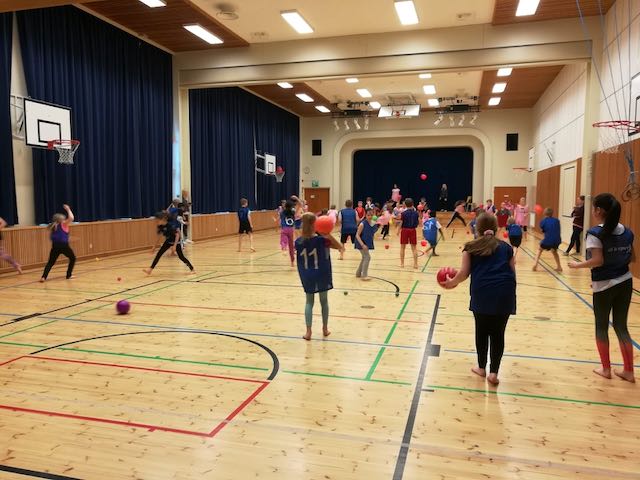
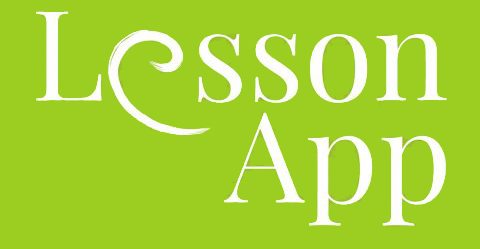
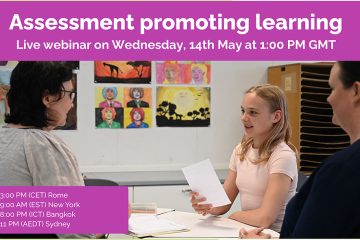



0 Comments